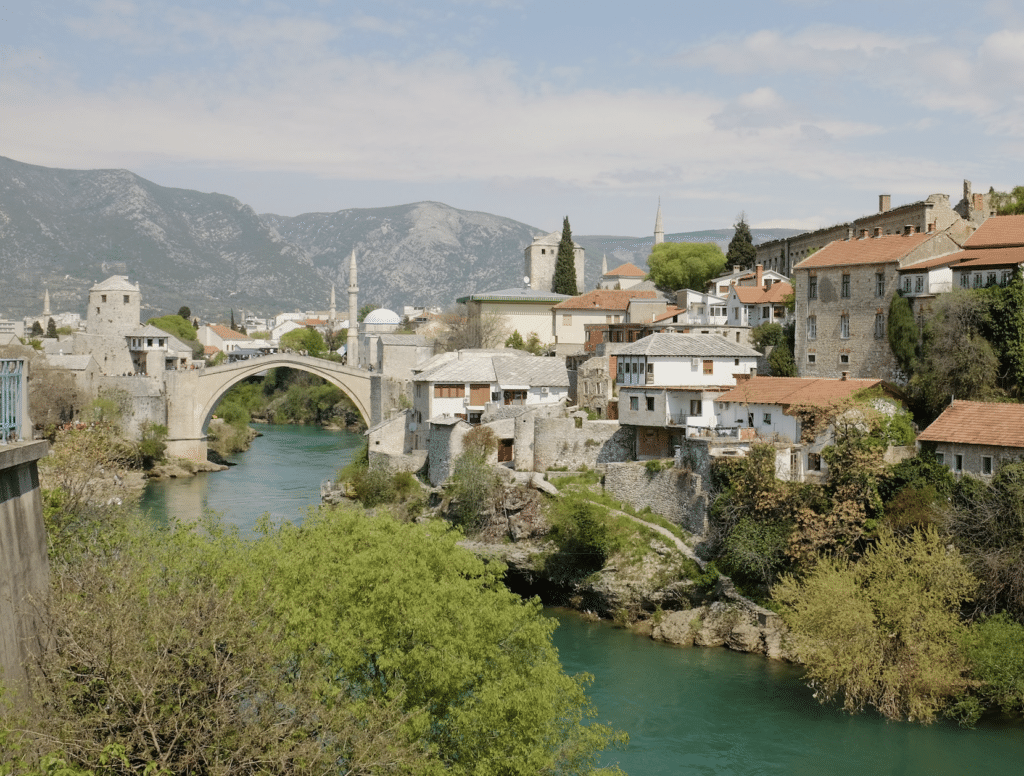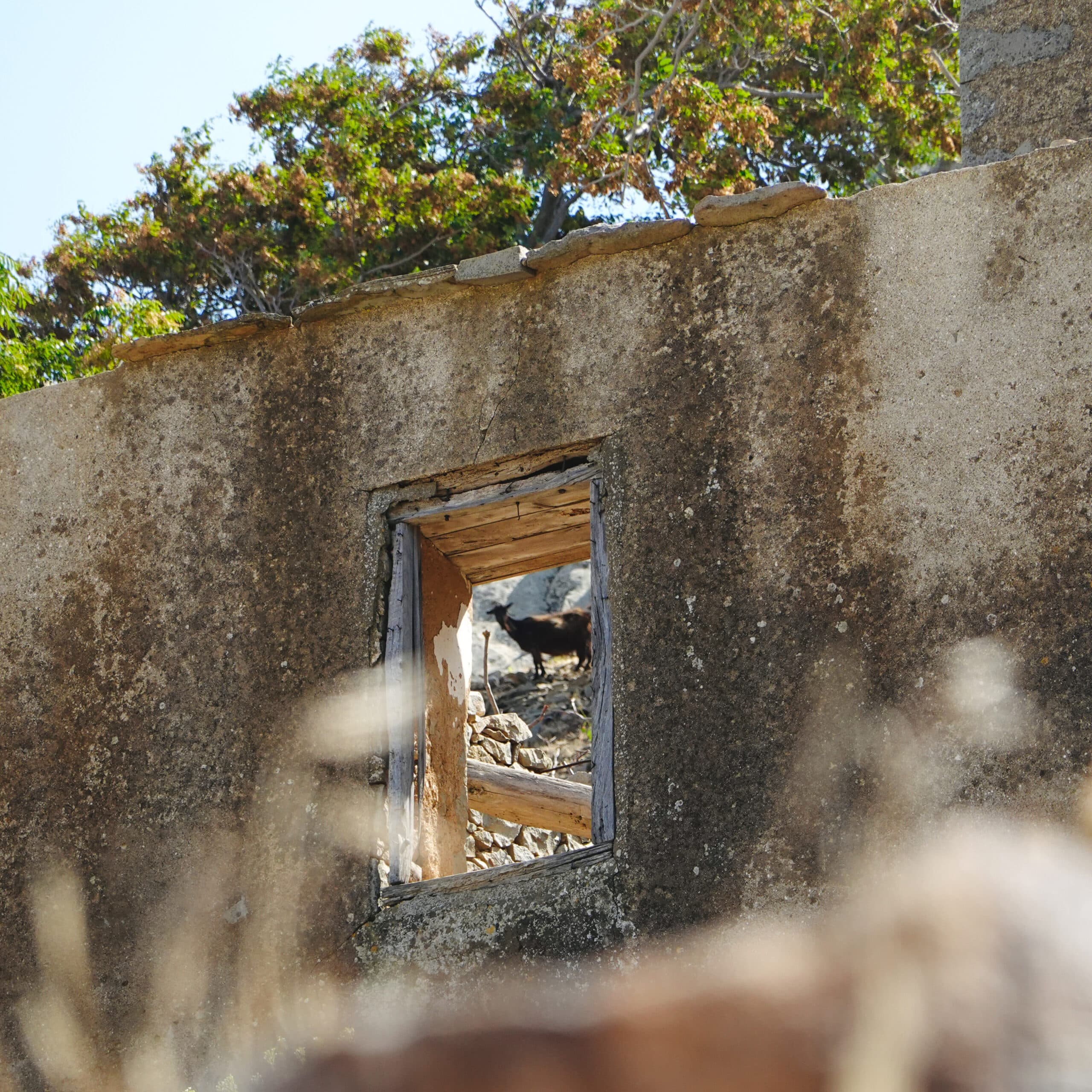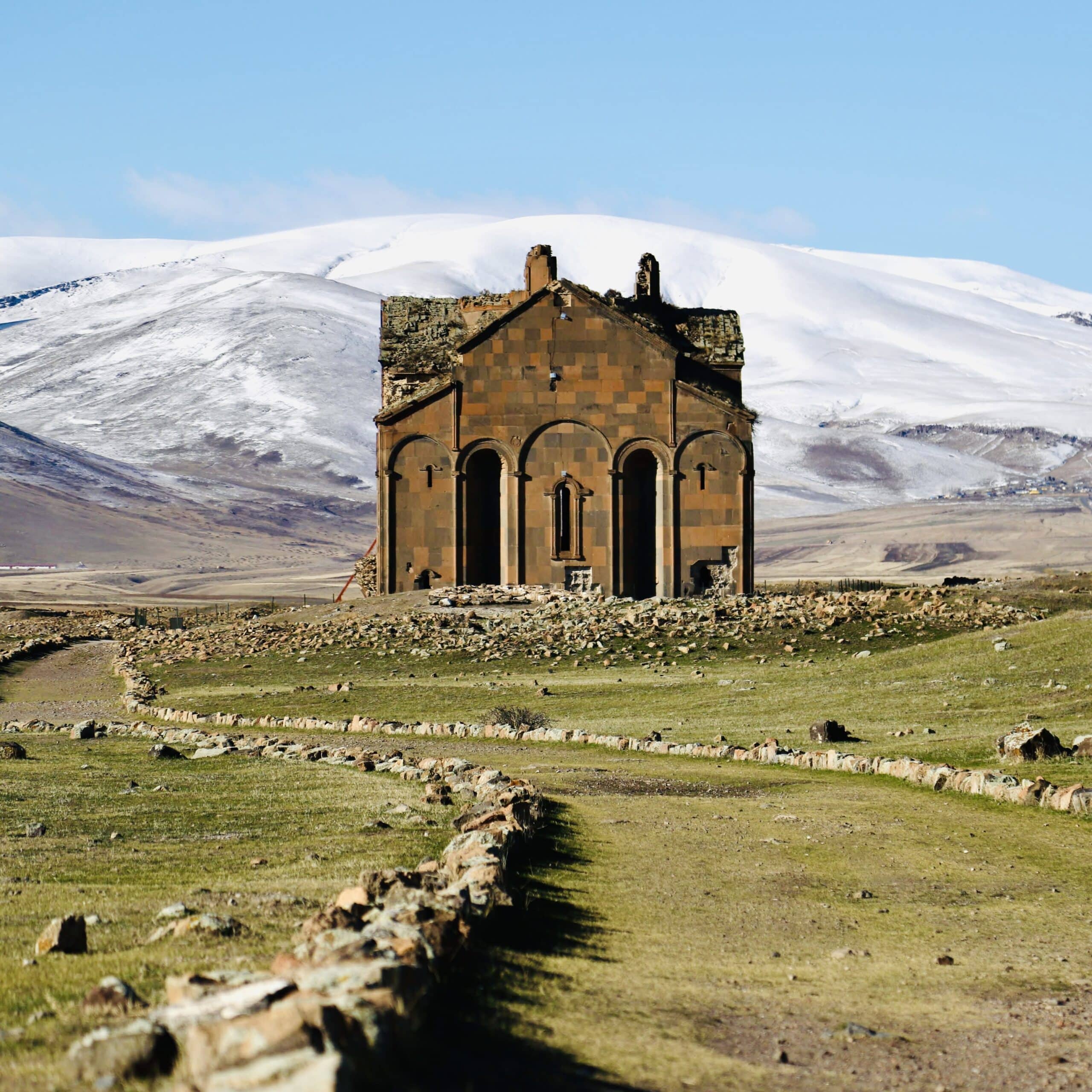🇺🇸 EN
🇹🇷 TR
🇺🇸 EN
Mostar Bridge was built on the Neretva River in 1566 by Architect Hayreddin, a student of Mimar Sinan, who was an Ottoman period architect. The Mostar Bridge, which also gave its name to the region, had a height of 24 meters and a length of 30 meters when it was first built. With the bridge, commercial activities increased in the city, and Mostar became an important city of the Herzegovina region.
The story of Mostar’s name comes from the medieval Old Bridge (Stari Most) over the river Neretva. The name derives from the word Mostari, meaning bridge-keepers, who guarded this old bridge.
The bridge has also turned into a place where brave people show their courage over time. According to tradition, the men of the city would jump off the bridge before the wedding to prove their courage to the women they were going to marry.
The 427-year-old bridge connecting the Muslim and Croatian parts of the city was destroyed in 1993 by tanks during the Bosnian war. The historical stones of the bridge were submerged in water.
The bridge was rebuilt in accordance with its original form in 2004, under the leadership of UNESCO and the World Bank, with the support of Turkey and various European countries. Some of the original stones were damaged under water over time. For this reason, the quarry where the original stones were removed was opened and the bridge was completed by cutting the stones again.
🇹🇷 TR
24 metre uzunluğundaki bir köprüden atlayabilir misin? Mostar sizi çağırıyor olabilir.
Mostar Köprüsü, Osmanlı Dönemi mimarı olan Mimar Sinan’ın öğrencisi Mimar Hayreddin tarafından Neretva Nehri üzerine 1566 yılında yapılmıştır. Bölgeye ismini de veren Mostar Köprüsü ilk yapıldığında 24 metre yüksekliğe 30 metre uzunluğa sahipti. Köprüyle birlikte şehirde ticari faaliyetler de artmış, Mostar, Hersek bölgesinin önemli bir şehri olmuştur.
Mostar, adını orta çağda Neretva üzerindeki Eski Köprü’yü (Stari Most) koruyan ve köprü bekçileri anlamına gelen Mostari kelimesinden almıştır.
Köprü zaman içinde cesur insanların cesaretlerini gösterdikleri bir yere de dönüşmüştür. Geleneğe göre şehrin erkekleri, evlenecekleri kadınlara cesaretlerini ispatlamak için düğün öncesinde köprüden atlarlardı.
Şehrin müslüman ve Hırvat kesimini birbirine bağlayan 427 yıllık köprü 1993’de Bosna savaşı sırasında tanklar tarafından bombalanarak yıkıldı. Köprünün tarihi taşları suya gömüldü.
Köprü 2004 yılında UNESCO ve Dünya Bankası’nın öncülüğünde Türkiye ve çeşitli Avrupa ülkelerinin desteğiyle aslına uygun olarak yeniden inşaa edildi. Asıl taşların bir bölümü suyun altında zaman içinde zarar görmüştü. Bu nedenle orijinal taşların çıkarıldığı taş ocağı açıldı ve yeniden taşlar kesilerek köprü tamamlandı.





